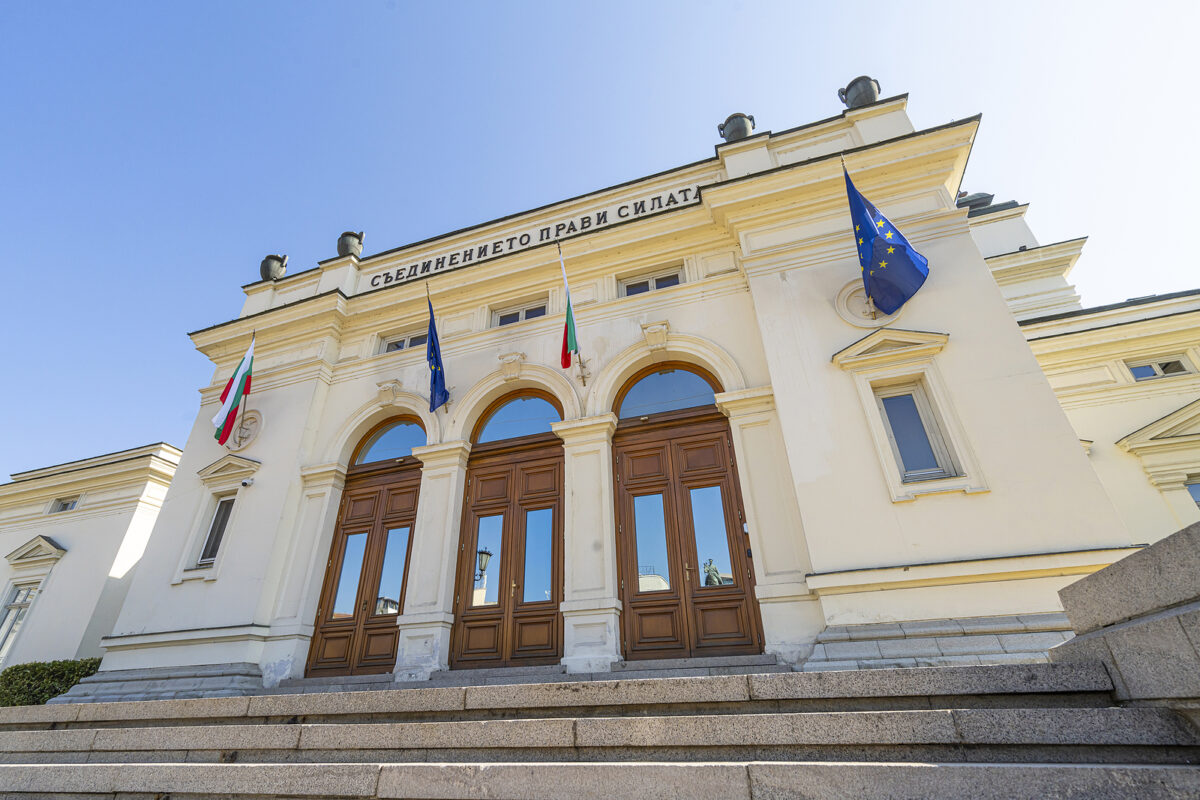Following the announcement of the results of the June 9 elections for the 50th National Assembly of Bulgaria and European Parliament, the constitutional procedure for forming a new government was set into motion.
Last week, the country’s president, Rumen Radev, held political consultations with the seven political formations which in the elections crossed the four per cent vote threshold to enter parliament. The consultations sought to arrive at possible workable scenarios for the configuration of a cabinet.
On July 1, Radev gave the winning party in the elections, the centre-right Citizens for European Development of Bulgaria-Union of Democratic Forces (GERB-SDS), an exploratory mandate to form a government. The mandate was handed to the political formation’s candidate for prime minister, Rosen Zhelyazkov.
While GERB-SDS are presently seeking support to put together a minority cabinet (as they hold 68 out of 240 parliamentary seats), the leader of GERB, Boyko Borissov, is sceptical that these efforts will succeed.
Borissov, a former prime minister, has opined that the only viable formula for a stable government is based on the participation of the top three political powers. He has also stressed that, as the winning party in the elections, GERB should be able to appoint its representatives to head the government, the Ministry of Defence, and the Ministry of the Interior.
The candidate for prime minister has seven days to deliver to the president a proposed structure and composition of a cabinet. If the mandate is handed back unfulfilled, the president will give it to the political party that finished second in the election—the centrist Movement for Rights and Freedoms (DPS). If the second most powerful political formation also fails to configure a government, the president has discretion in terms of to whom he delivers the third mandate.
Radev has been reluctant to make early estimates of the prospects of forming a regular government. He believes that the most likely scenario will become clear after the outcome of the first exploratory mandate is known. On the basis of the consultations, the president has laid out three main possible pathways to a regular cabinet: a government of the minority, as proposed by GERB-SDS; an anti-GERB coalition as suggested by the far-right Vazrazhdane party; and a technocrat government with broad-based parliamentary support, as offered by the populist There Is Such a People (ITN) movement.
DPS has said that it will back GERB-SDS’s cabinet and will trust in the president to convince the remaining political players to do likewise. In the course of conversations with the president, several parties—including ITN—have expressed readiness to receive the third mandate. The Bulgarian Socialist party (BSP) has vocalised its desire to take a more active role in the pursuit of political stabilisation.
The only reformist political formation in the 50th National Assembly, We Continue the Change-Democratic Bulgaria (PP-DB), said at the presidential consultations that they will remain in opposition. Its leaders, Kiril Petkov and Asen Vasilev, as well as the former prime minister, Nikolay Denkov, have announced that Borissov cannot rely on their support as, in their view, he is responsible for bringing down the country’s previous government, a PP-DB-GERB coalition.
The grudging partnership between GERB and PP-DB, which lasted nine months, has been referred to in political discourse not as a ‘coalition’ but, to borrow an evocative woodworking term, as a ‘basic butt joint’. It came to an end in March just before a planned rotation of power was to take place.
Political legitimacy in jeopardy
The disconcertingly low voter turnout in the recent elections—the lowest in the history of the country—poses a series of challenges to Bulgaria’s political system and political parties.
Among other things, it is linked to a loss of votes for most of the major political parties. The ‘city democrats’, PP-DB, lost an estimated 50 per cent of the votes it garnered in last year’s elections. Even GERB-SDS, despite having emerged as the winners in the elections, hit a historical low in terms of their electoral base.
BSP meanwhile bid farewell to nearly one-third of its voter base. Contrary to the pre-election prognoses that its share of supporters would go up, Vazrazhdane also lost votes, particularly among the Bulgarian diaspora.
Highly problematically, the low voter turnout calls into question the legitimacy of state institutions. The question of electoral system reform was discussed as a potential solution during the political consultations between the president and the major political formations.
The feasible options seem to include an electoral system similar that used in Greece, a mixed electoral system with a majoritarian element, or a purely majoritarian system. Proponents argue that a transformed electoral system would help to secure a majority cabinet and ensure stable governance.
Changes in the mode of governance have also been considered as a possible systemic response to the sustained political crisis in the country. Some political observers expect that the results of the June 9 elections will re-open debates about the pros and cons of establishing a presidential republic.
Eleven years ago, in the midst of protests against the government of Plamen Oresharski, the merits of a semi-presidential republic (similar to the systems in Finland or France), were lauded by a number of public figures.
For instance, the historian Alexander Kertin pointed out as upsides of this system the solid checks-and-balances between the president and the prime minister. Others, however, warn that this system of governance might be incompatible with Bulgaria’s political culture and problems related to corruption. In a worst-case scenario, it might deepen the country’s struggles with concentration of political power and state capture.
As the roulette of the mandates is turning and the country is grappling to regain political footing, creative solutions to the prolonged state of instability are in dire need. While there could be no political panacea to the deep structural problems that are at the root of the current situation, political imagination has to be a key ingredient in any effectual long-term solution.







